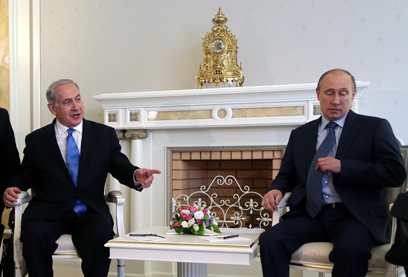After a certification process lasting several months, the
TSA 3522 interrogator from Thales has been certified by AIMS1. The TSA 3522 is a newgeneration
IFF (Identification Friend or Foe) interrogator from
Thales's BlueGate family of
products. For Thales customers, AIMS certification is an assurance of full interoperability with
US systems both at box level and for integration on US and other platforms.
Thales develops and manufactures IFF products for aircraft, air defence systems and radars,
surface vessels and submarines. The TSA 3522 is generally associated with a radar and
provides optimal security, reliability and integrity in both civil air traffic control with Mode S
capability and military Mode 5 IFF identification. The interrogator is also qualified to use both
European and US sourced cryptographic computers.
AIMS certification is an official endorsement of the outstanding performance of this product
and will positively influence the certification process for the entire Thales product family.
"Thales is very proud to have achieved certification by this independent body. The
certification process was completed in record time and offers firm assurances to customers
that our products will be fully interoperable on all types of civil and military missions," said
Hervé Derrey, VP for Thales's Radio Communications Products business. "Certification of
the TSA 3522, and the excellent relationship we have built with the AIMS Program Office, are
very positive signs for the success of further certifications of the BlueGate product line, which
Thales has already scheduled."
The TSA 3522 will be deployed in June during Bold Quest 2013, a NATO exercise in the
United States that will provide an opportunity to verify the interoperability of this IFF
interrogator with large numbers of US and other platforms under operational conditions.
Thales: a major player in tactical communications
 China’s Defense Ministry says a navy seaplane has crashed into waters near the eastern port city of Qingdao.
China’s Defense Ministry says a navy seaplane has crashed into waters near the eastern port city of Qingdao.









































.jpg)
